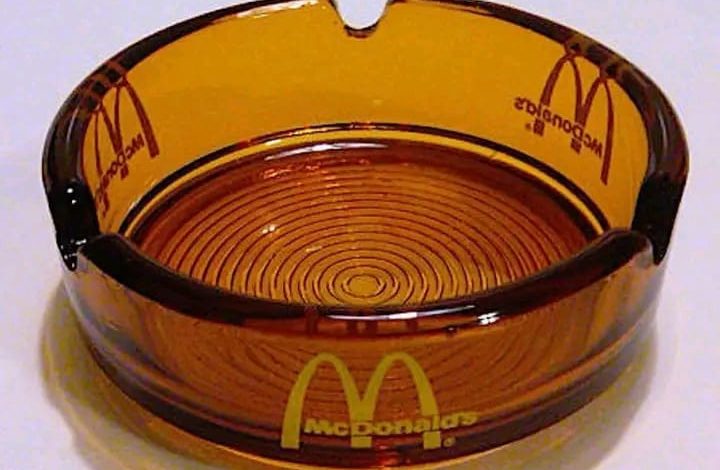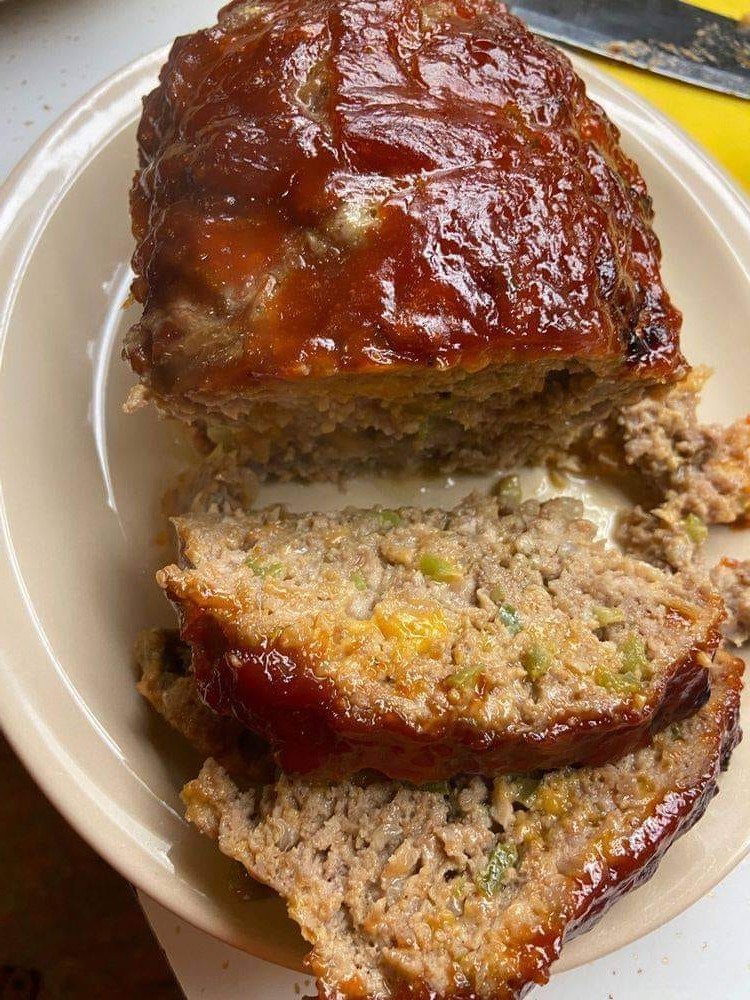
ADVERTISEMENT
A Forgotten Relic: When McDonald’s Had Ashtrays on Their Tables
Introduction
In today’s world, the idea of smoking inside a McDonald’s restaurant seems almost unimaginable. However, there was a time when fast-food chains, including McDonald’s, catered to both smokers and non-smokers alike. The image above features a vintage McDonald’s-branded ashtray, a relic from a bygone era when smoking in public spaces was widely accepted. This amber-colored glass ashtray, adorned with the golden arches logo, is a nostalgic reminder of how social norms, health awareness, and business practices have evolved over the decades.
The Era of Smoking in Restaurants
During the 1950s to the 1990s, smoking was not only socially acceptable but also a common part of daily life. Restaurants, airlines, shopping malls, and even hospitals had designated smoking areas. McDonald’s, being a family-friendly restaurant, accommodated customers who smoked by providing branded ashtrays on every table.
- A Marketing Strategy – Fast-food chains saw ashtrays as a branding opportunity. Just like branded cups and napkins, McDonald’s ashtrays reinforced brand recognition and customer loyalty.
- A Sign of the Times – During this era, cigarette advertisements were everywhere, and smoking was seen as sophisticated and normal. McDonald’s simply followed the cultural norms of the time.
- Customer Experience – To ensure that smokers felt welcome, McDonald’s provided ashtrays and designated smoking areas inside their restaurants.
The Shift Towards a Smoke-Free Environment
By the late 1980s and 1990s, the perception of smoking started to change. Scientific research on the dangers of secondhand smoke led to widespread health campaigns and policy changes. As a result, businesses, including McDonald’s, began implementing no-smoking policies in their establishments.
-
The Rise of Health Awareness
- Reports from the Surgeon General and the World Health Organization (WHO) highlighted the risks of secondhand smoke, prompting global health initiatives.
- Families with children became increasingly concerned about exposure to smoke in restaurants.
-
Government Regulations
ADVERTISEMENT
- Many countries introduced smoking bans in public places, including restaurants.
- In 1994, McDonald’s started phasing out smoking sections in many locations, and by the early 2000s, most McDonald’s restaurants worldwide became completely smoke-free.
-
A Cultural Shift
- As societal attitudes toward smoking changed, fast-food chains and other businesses removed ashtrays and no longer accommodated smokers indoors.
- The modern era prioritizes health-conscious environments, making smoking in fast-food restaurants a thing of the past.
The Nostalgia and Collectibility of McDonald’s Ashtrays
Today, these vintage McDonald’s ashtrays are highly sought-after collectibles. People who grew up during that time period associate them with childhood memories of visiting McDonald’s with their families.
- Collectors Value Them – Many fast-food memorabilia collectors seek out these ashtrays as a piece of history.
- A Window into the Past – They serve as reminders of how much society has changed, from smoking habits to corporate responsibility.
- Unique Branding Items – Unlike today’s disposable McDonald’s packaging, these ashtrays were made of durable glass, making them a rare find in modern times.
Conclusion
The McDonald’s-branded ashtray represents more than just a smoking accessory—it is a symbol of a different era, one where societal norms were vastly different from today. While smoking in public spaces has been largely eliminated, these vintage ashtrays remind us of how businesses once operated and how public health awareness has reshaped our world.
Though McDonald’s has long since transitioned into a smoke-free environment, these relics continue to spark nostalgia and intrigue among collectors and history enthusiasts. They stand as a testament to how much has changed in just a few decades, highlighting the ever-evolving relationship between corporate policies, public health, and social expectations. Do you remember when McDonald’s had ashtrays on every table?
ADVERTISEMENT




